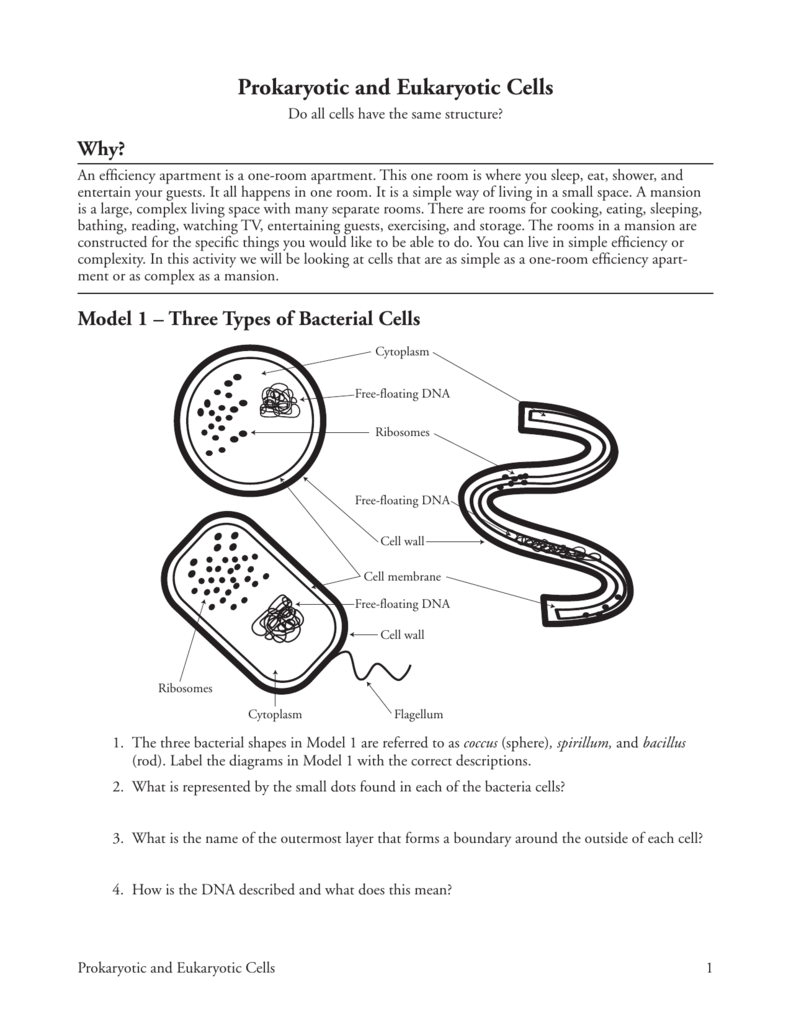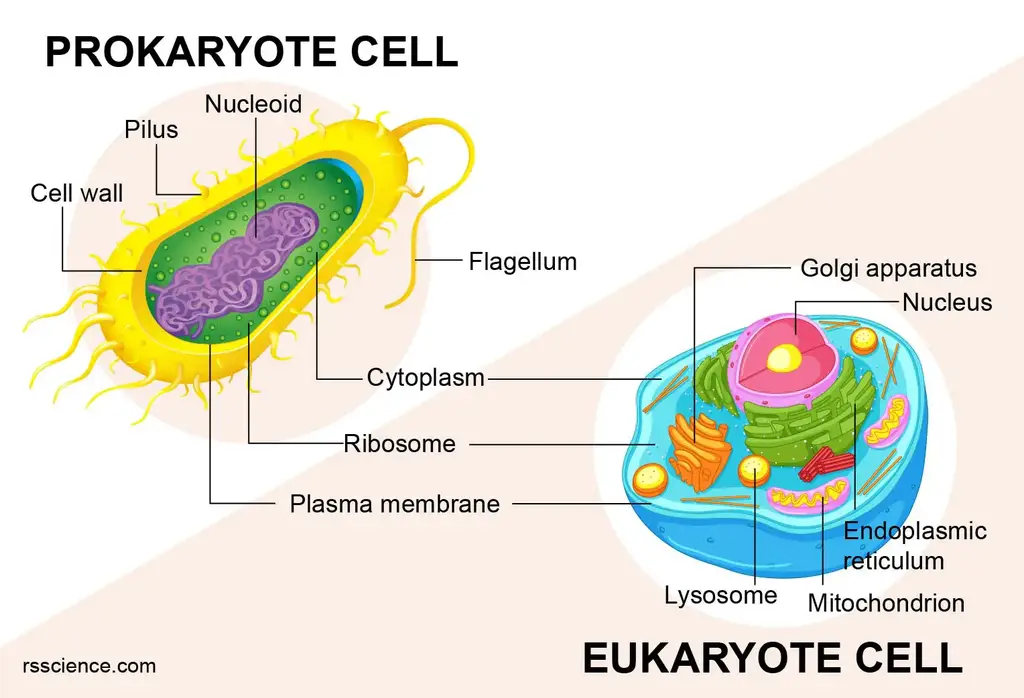Analogy for Describing the Difference Between Prokaryotic and Eukaryotic Cells
Many protists with flagella are termed as flagellates. Achiever Papers is here to help with such urgent orders.

Prokaryotic And Eukaryotic Cells
This change is due to four different processes.

. A flagellum f l ə ˈ dʒ ɛ l əm. Mutation selection natural and artificial gene flow and genetic driftThis change happens over a relatively short in evolutionary terms amount of time compared to the changes termed macroevolution. Flagella is a hairlike appendage that protrudes from certain plant and mammalian sperm cells and from a wide range of microorganisms to provide motility.
Molecular Biology Robert Weaver 5th Edition. Are you torn between assignments and work or other things. For over 100 years endosymbiotic theories have figured in thoughts about the differences between prokaryotic and eukaryotic cells.
All you have to do is chat with one of our online agents and get your assignment taken care of with the little remaining time. We have qualified academic writers who will work on your agent assignment to develop a high quality paper for you. Microevolution is the change in allele frequencies that occurs over time within a population.
A gram-negative bacterium Helicobacter pylori for example uses its multiple. Very few of those models account for eukaryotic anaerobes. A microorganism may have from one to many flagella.
More than 20 different versions of endosymbiotic theory have been presented in the literature to explain the origin of eukaryotes and their mitochondria. Population genetics is the branch of. Browse our listings to find jobs in Germany for expats including jobs for English speakers or those in your native language.

Eukaryotes And Prokaryotes What Are The Similarities Differences And Examples Rs Science

Eukaryotes And Prokaryotes What Are The Similarities Differences And Examples Rs Science
No comments for "Analogy for Describing the Difference Between Prokaryotic and Eukaryotic Cells"
Post a Comment